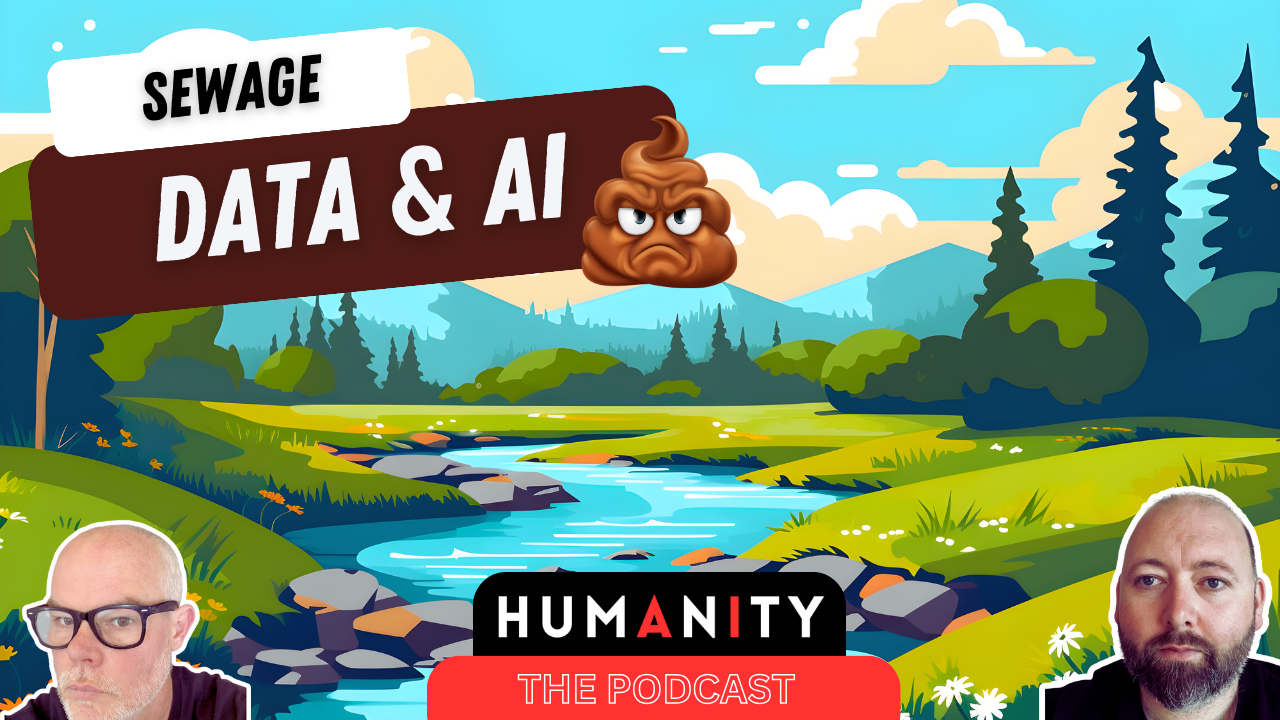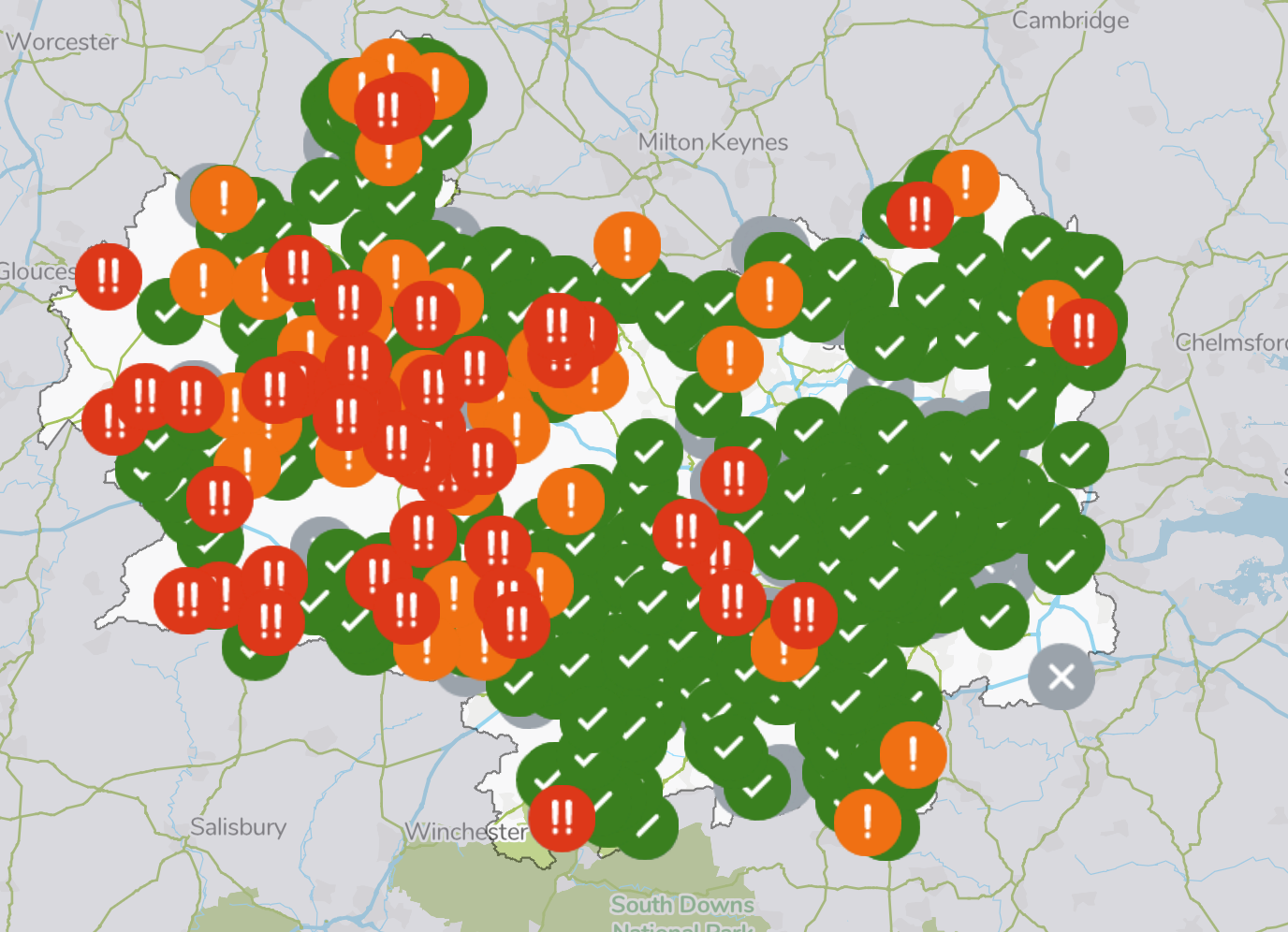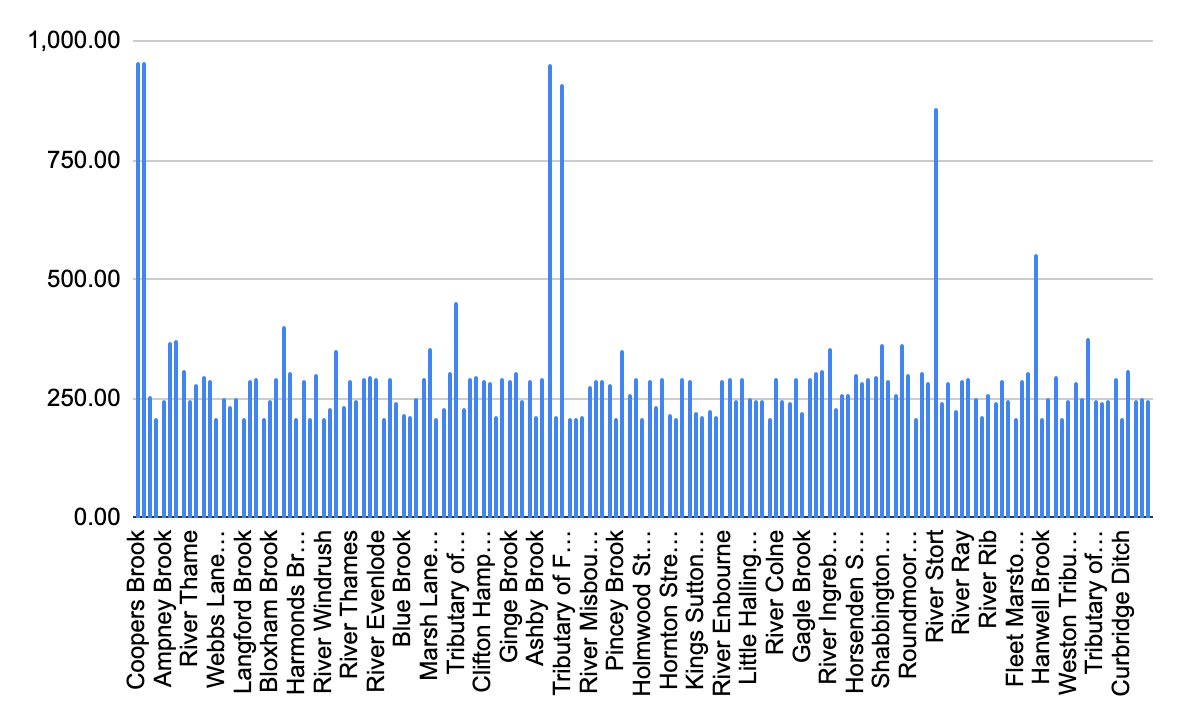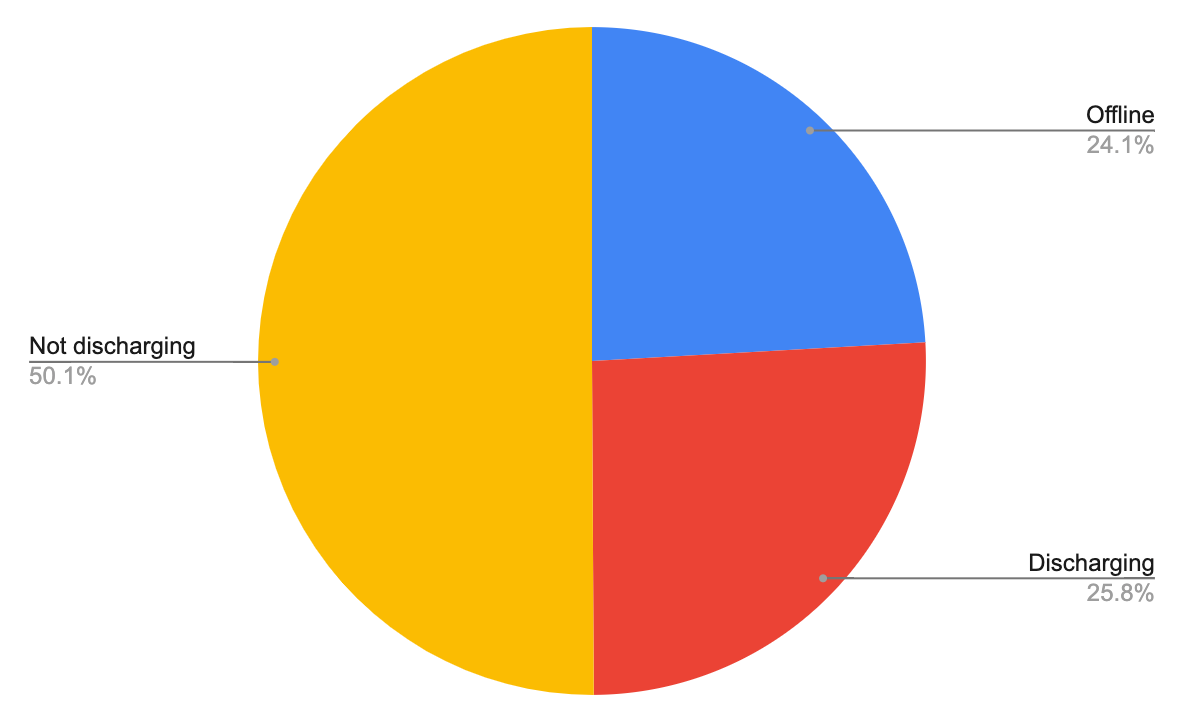Humanity Podcast: River Sewage Data and AI 💩
The UK's water companies have been using rivers as outlets for sewage discharge, a problem exacerbated by recent floods.

The Unseen Crisis in UK Waterways
In the serene landscapes of the UK, a crisis simmers beneath the surface of its rivers. The UK's water companies have been using rivers as outlets for sewage discharge, a problem exacerbated by recent floods. This alarming situation came into the spotlight through the efforts of river enthusiasts and environmentalists like Dave, who are witnessing the deteriorating conditions first-hand.
Uncovering the Data: A Citizen Science Approach
Dave, a river swimmer, highlights a significant issue: the lack of transparency in sewage discharge data. While companies are required to report the hours of sewage discharge, the volume and pollution levels remain undisclosed. This obscurity prompted a deeper investigation into the practices of one such company, Thames Water.
Thames Water: A Case Study
Using Thames Water's own resources, Dave illustrates how the company's website offers an interactive map showing sewage works and Combined Sewer Overflows (CSOs) across their operating area. This map, however, provides limited information about the frequency and duration of discharges. It's a snapshot that barely scratches the surface of a much larger issue.

AI and Data Analysis: Tools for Transparency
Recognising the need for more detailed analysis, Dave turned to Artificial Intelligence (AI) and data tools. Thames Water's API offers more granular data, updated every 30 minutes, but accessing and understanding this information is not straightforward for non-technicians. This is where AI and Large Language Models (LLMs) come into play.
Simplifying Complexity: AI as an Ally
AI tools like ChatGPT and Claude can analyse data, helping to decipher complex information into understandable insights. For instance, they can assist in converting JSON format data from Thames Water's API into a more accessible CSV format, which can then be analysed in programs like Excel or Google Sheets. This process allows for a detailed examination of the sewage discharge data, including durations and frequencies.
The Power of Visual Representation
Once the data is in a more digestible format, it can be visualised in charts and graphs, making it easier for the public to understand the extent of the issue. These visualisations can be powerful tools in raising awareness and prompting action from authorities and the public alike.


Looking Ahead: The Potential of AI in Environmental Advocacy
The use of AI in analysing sewage data is just the beginning. As these technologies evolve, they could potentially process larger datasets more efficiently, making real-time monitoring and reporting a reality. This advancement could empower citizens and environmentalists to hold companies accountable and ensure the health and safety of UK rivers.
A Call for Action and Awareness
The sewage discharge problem in UK rivers is a pressing environmental issue. However, with the aid of AI and dedicated citizen scientists, there is hope for more transparency and, ultimately, solutions. It's a call to action for everyone concerned about our waterways and environment.


